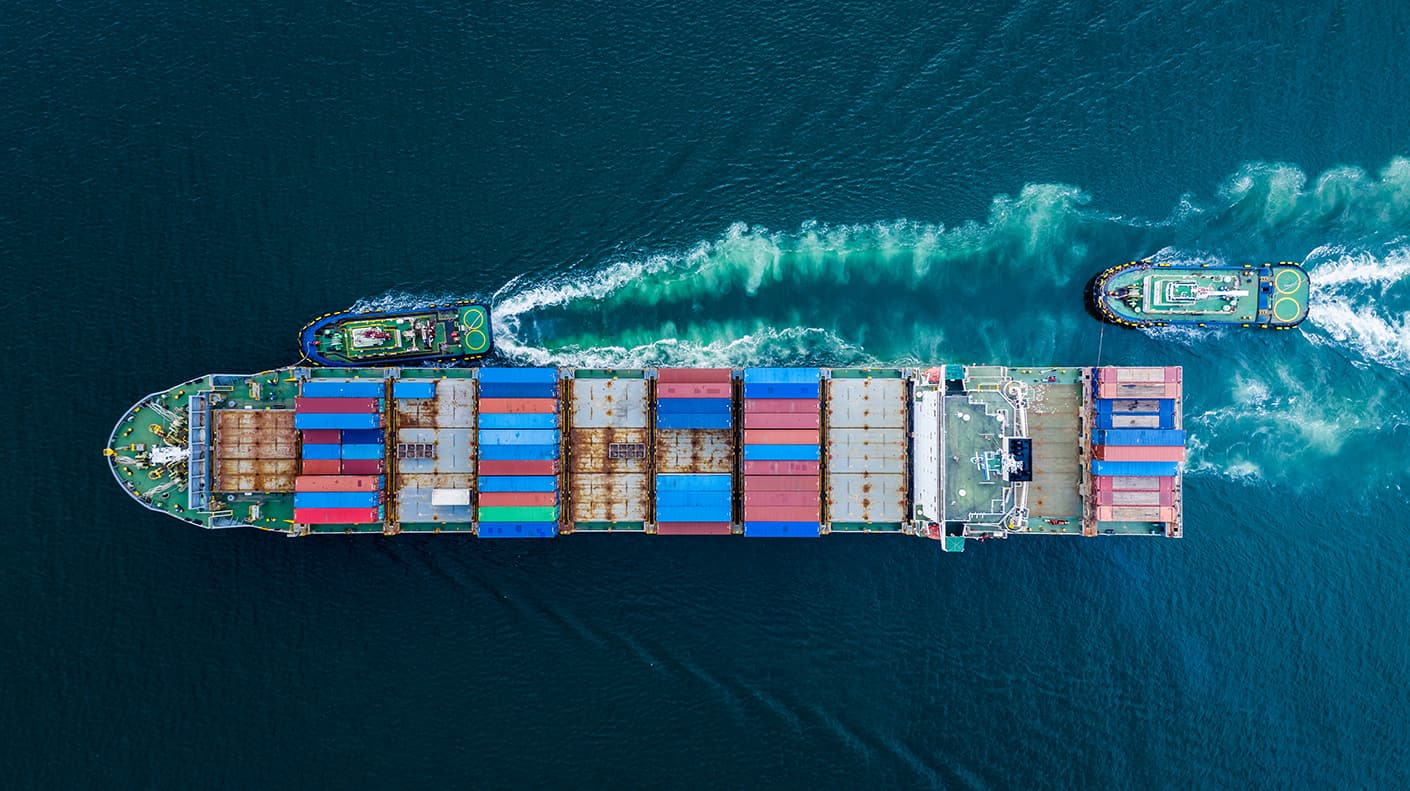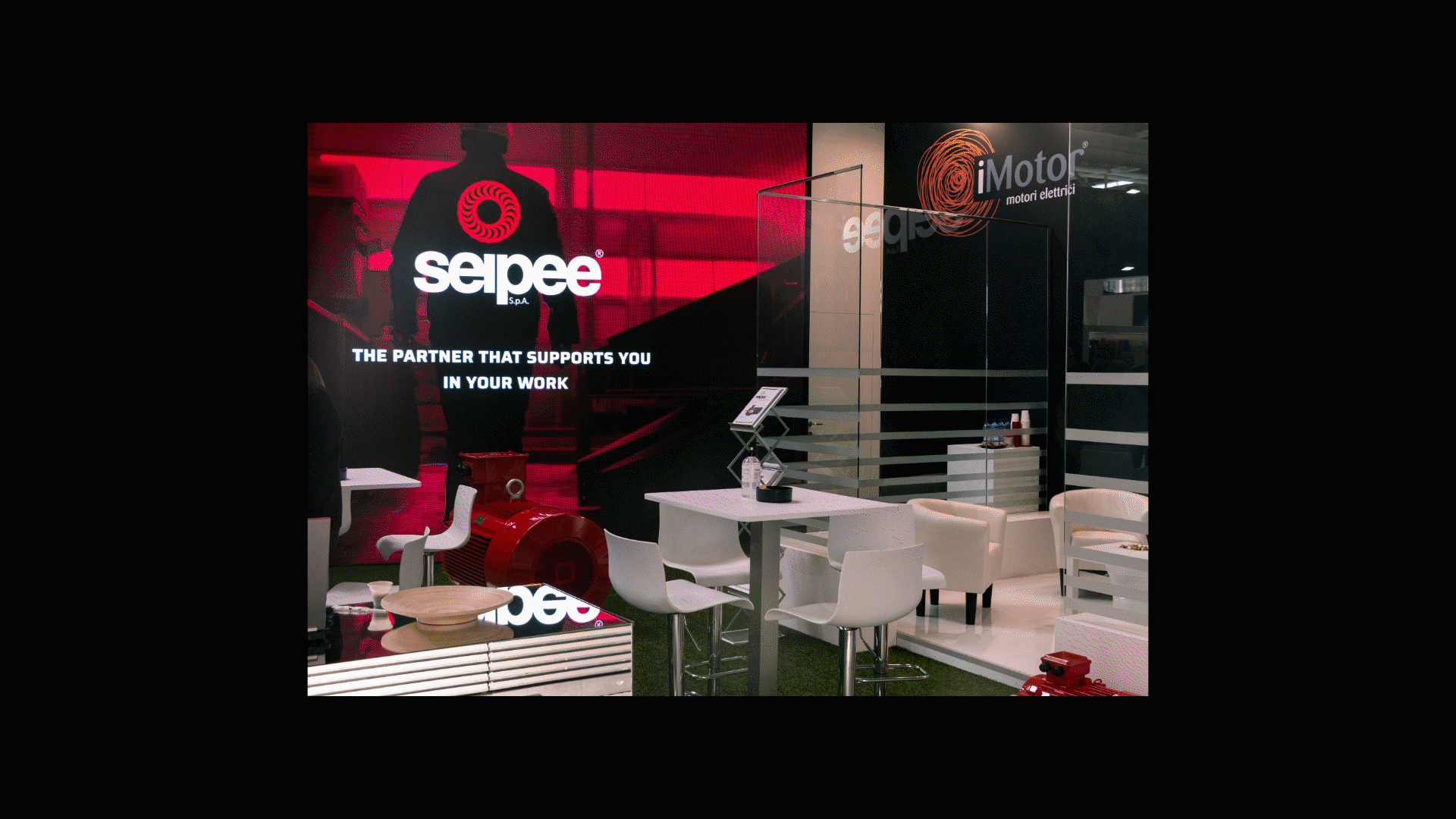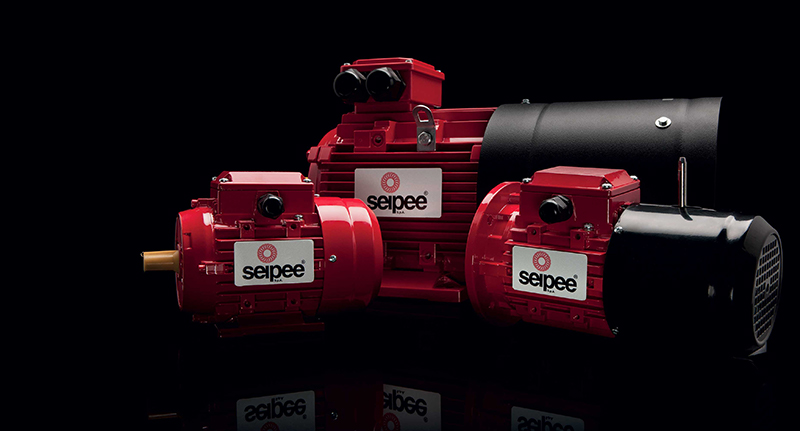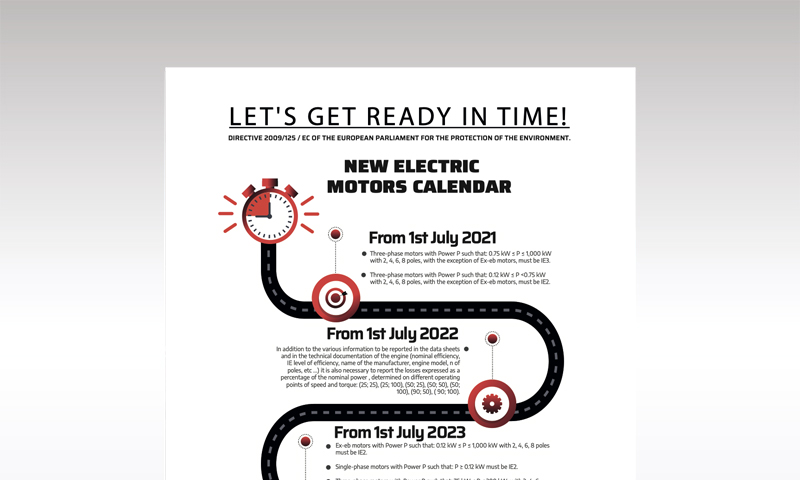A sustainable future stems above also from the sea.
In fact, it’s the seas and oceans that are disproportionately affected by increased emissions, which cause the rise of water levels, increased intensity of storms and changes in the diversity and abundance of marine life.
The degradation of coastal and marine ecosystems threatens both global economy and food security, as well as the availability of key resources.
International shipping accounts for about 2.2% of annual total CO2 emissions, and is the key driver of international trade, accounting for about three-quarters of the world’s total freight activity. It’s also the most energy-efficient method for transporting goods, but unfortunately is not regulated by the Paris Agreement.
The International Maritime Organization (IMO) estimates the percentage growth of emissions by 2050 to be between 50% and 250%, assuming a strong steady growth of the world population, which is the main cause of ever increasing demand for maritime transport.
Considering these trends, and the expected reduction of emissions originating from many other global sectors (regulated by the Paris Agreement), the considerable 2.2% share could easily rise to an alarming one of more than 10%.
For this reason the IMO has adopted an emissions reduction strategy to align the Maritime sector with the climate objectives of the Paris agreement, and aims to eliminate shipping emissions by 2050.
The European Union too has explored measures that share the same goal, such as the EU Monitoring, Reporting and Verification regulation (EU MRV), which requires ships docking at European ports to monitor and report their own CO2 emissions, fuel consumption and average energy efficiency.
This is only the starting point for the Union and will only serve to build a data cloud and monitor the evolution of emissions, on which to base future policies.
A few mechanisms underpin the IMO’s zero emissions target to be achieved by 2050:
– reduction of the design speed of vessels
– switch to zero-emission fuels
– implementation of emission capture technologies
– ubiquitous adoption of energy efficient technologies and systems on ships
For the first three, which would account more or less for about 60% of the achievable emissions reductions in the medium-long term, there are no solutions on the market yet, and if they do exist they’re just prototype solutions which, before reaching economic feasibility, will require many a years of research and development efforts.
Energy efficiency, on the other hand, is not merely a talking point or buzzword, but an attainable goal we can start working towards today.
Investments in this field are playing an important role in the reduction of emissions in long-distance transport in the short and medium term, and trigger cascading effects.
To reduce emissions on large ships, it’s necessary to equip them with efficient, reliable and long-lasting electric motors. Large ships moving today or that have been moving for the last tens of years needn’t prototypes, but innovative systems, in particular efficient, reliable and long-lasting electric motors, which maximize the work performed with the available energy and that don’t become electrical waste too quickly.
The DNV-GL Maritime certification, obtained by Seipee in 2020 for the GM and JM families, rigorously verifies compliance in terms of safety, structural strength and reliability of the components and systems found on ships, including electric motors.
We worked hard towards obtaining this certification because we wanted to show our partners that, even in difficult times, it is of the utmost importance to never stop, to continue to evolve and to seek together increasingly innovative and increasingly sustainable solutions. Sure, for our future, but for that of our planet too.




